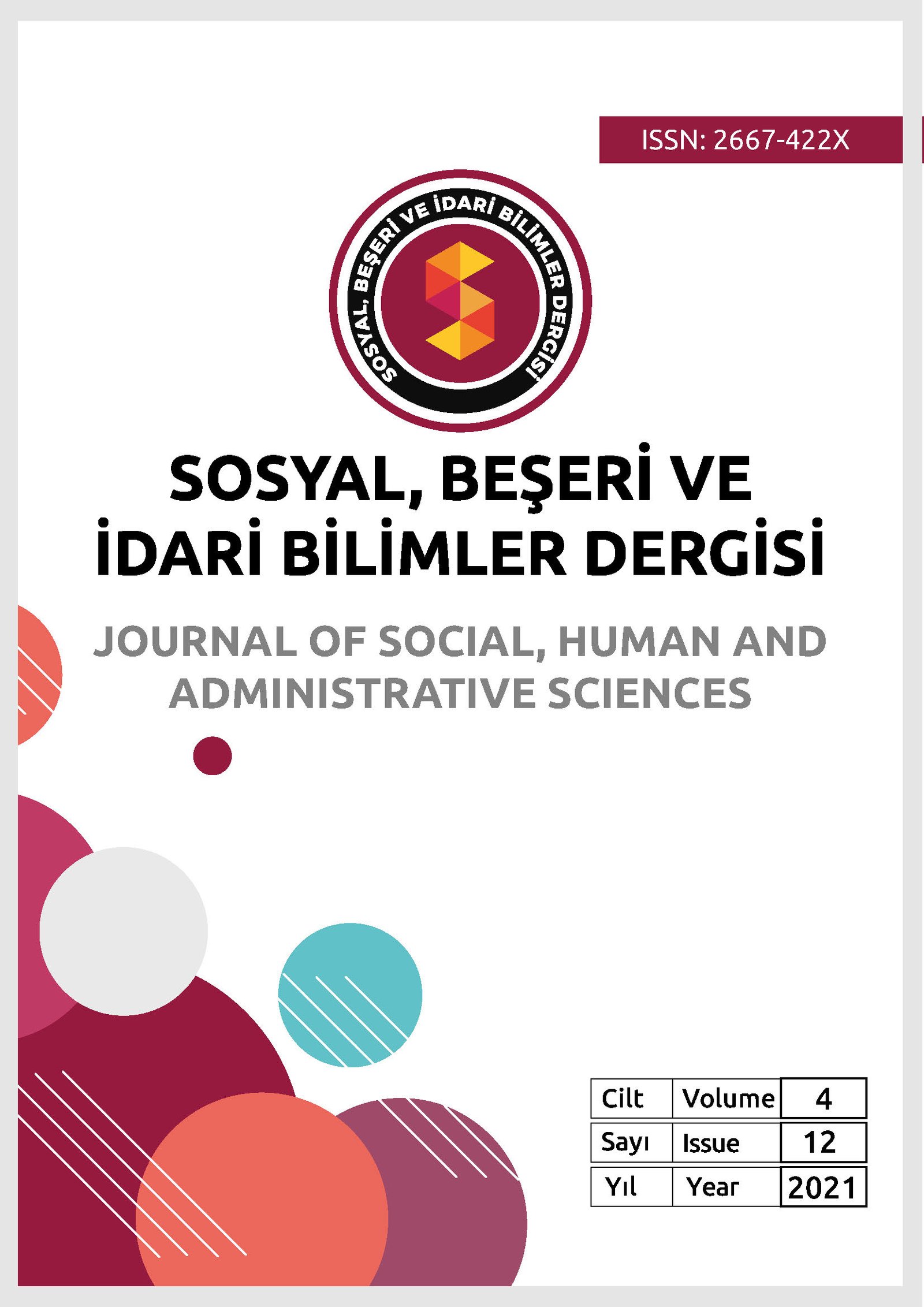Current Overview of Diagnosis and Treatment of Trichotillomia
Main Article Content
Abstract
Trichotillomania is the loss of hair in some parts of the body as a result of repetitive hair pulling behavior. Negatively affects the functionality of the person in many areas. Compared to other psychiatric disorders, it has been known for a long time but has aroused less curiosity. Although it is under the category of 'Obsessive Compulsive and Related Disorders' in the DSM-5, there is still debate about the classification. In recent years, studies on its treatment and etiology have increased. In particular, studies have been conducted on genetic, neurochemical, neurophysiological and psychological factors in its etiology. Regarding the treatment of trichotillomania, it was concluded that interventions such as psychopharmacological, cognitive behavioral therapies and Habit Reversal Training (HRT) are effective. However, the level of evidence of the studies has not yet been reached. The fact that people with trichotillomania hide their symptoms and have negative feelings during treatment prevent research from being conducted. In this article, it is aimed to compile the latest developments in the definition, etiology, classification, diagnosis and evaluation criteria, clinical features and treatment of trichotillomania.
Article Details

This work is licensed under a Creative Commons Attribution 4.0 International License.

